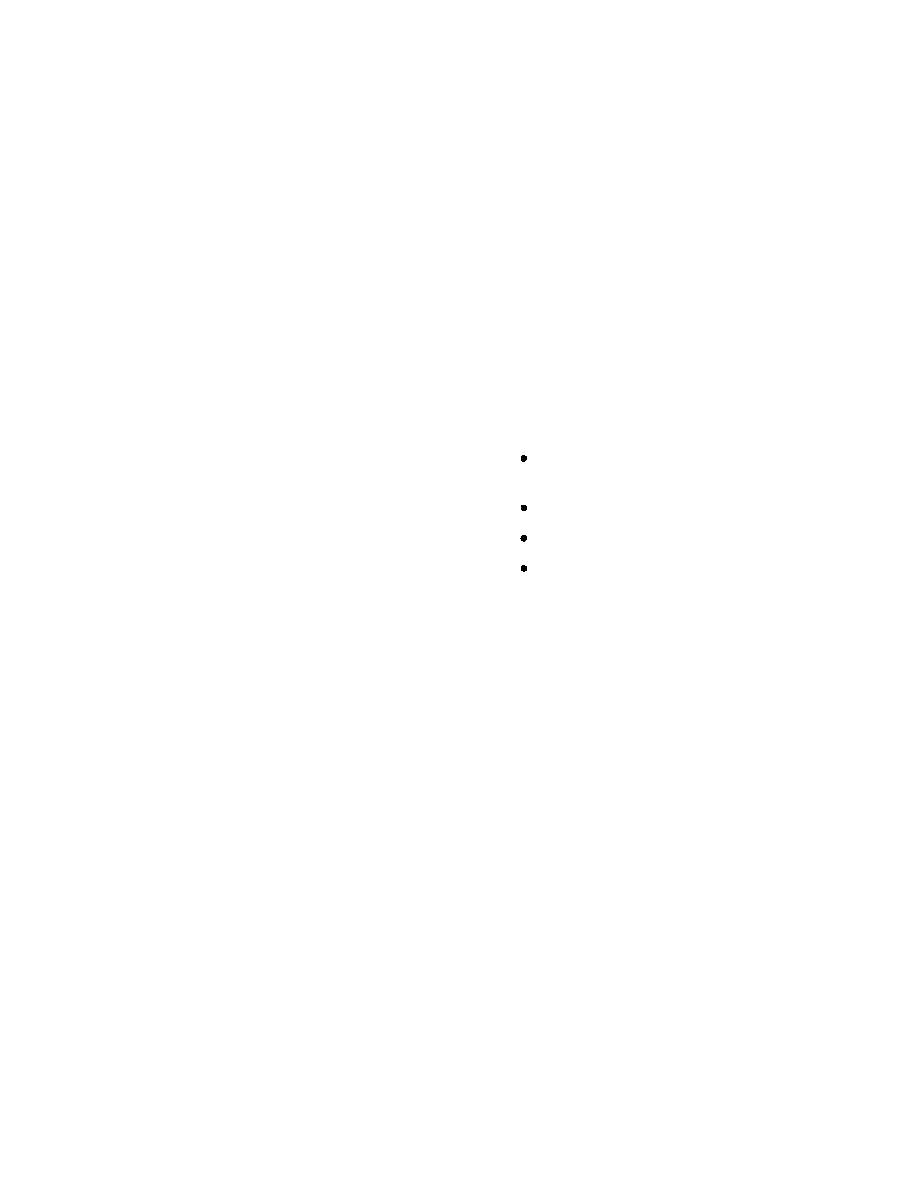
DOFMaster
for Windows
On-line
Depth of Field
Calculator
DOFMaster for Mobile Devices
On-line
Depth of Field
Table
Hyperfocal
Distance Chart
Articles
FAQ
Recommended
Books
Support
Contact
Links
Home
for Windows
On-line
Depth of Field
Calculator
DOFMaster for Mobile Devices
On-line
Depth of Field
Table
Hyperfocal
Distance Chart
Articles
FAQ
Recommended
Books
Support
Contact
Links
Home
As an Amazon Associate I earn from qualifying purchases.
![]()
filter pack When your test print has too much magenta,
you "tell" the printer to add green to the filter pack, and
so on.
to the "cold" side. This is particularly true when the
subject in the photograph involves people.
the additive printer uses the primary colors of red, green,
and blue. When you make corrections on an additive
printer, the printer is actually controlling the time that
the additive colors are allowed to expose the paper
through either pulsed-xenon tubes or CC filters; for
example, when your test print has too much green and
you subtract green from your filter pack, the printer is
actually allowing more green light to reach the paper,
which produces more magenta dye in processing. When
the test print has too much magenta and you add green
to your filter pack, the printer is actually reducing the
amount of green light allowed to reach the paper, which
reduces the amount of magenta dyes produced in
processing.
and your predicted changes to the test print. These
processed and makes an excellent print. In other words,
it has been printed previously, and an accurate record of
the filter pack required and other printer settings for a
particular type of paper is available. A standard negative
is used as a reference for comparison purposes. The
standard negative is useful in several ways:
however, as in subtractive printing, you must achieve
the correct density before making color corrections.
future prints, providing the same types of film and paper
are used. A proof sheet can provide a convenient aid in
printing color negatives. The same technique used for
making black-and-white proof sheets on an enlarger is
used for making color proof sheets. Except when you
are making color proof sheets, the enlarger height and
lens-to-easel distance should be kept constant. When
you are making an 8x10 enlargement from each
negative, the same enlarger height that produces an 8x10
enlarger height from the negative previously printed,
adjust the lens opening to compensate for the difference
in illumination.
are outdoor shots on Kodak Gold 35mm film, the
standard negative should obviously be an outdoor shot
on Kodak Gold 35mm film. The standard negative must
be normally exposed, normally processed through your
imaging facility, and a typical subject with typical
lighting; that is, the lighting ratio and light direction
should be similar to most of your production negatives.
negatives are placed in the negative carrier and enlarged.
Some minor adjustments may be needed, however, to
provide the highest quality print possible. Navy imaging
because the "perfect" color print is very subjective. In
most color prints, a slight color to the "warm" side is
to determine whether the negative received the correct
exposure; for example, a Kodak Vericolor III negative
is properly exposed when the gray card density in the
negative is between 0.65 and 0.85 when read through a
consult the Photo-Lab-index to locate the proper density
measurements. When used in a standard negative, the
gray card must receive the same exposure as the subject.
produced by your imaging facility. These standard
negatives should be produced with the equipment,
Basic Photography Course

As an Amazon Associate I earn from qualifying purchases.
WWW.DOFMASTER.COM
© 2006 Don Fleming. All rights reserved.
© 2006 Don Fleming. All rights reserved.